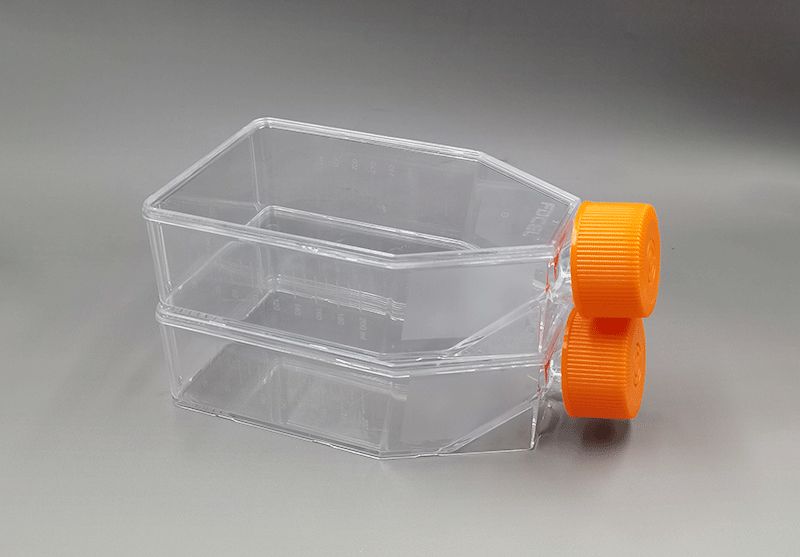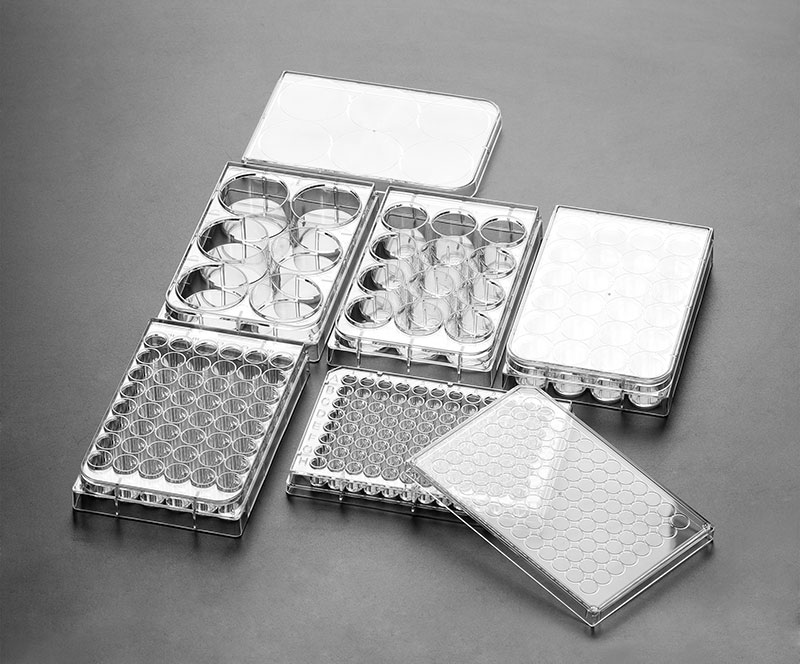Epidemiology, Diagnosis, Staging and Multimodal Therapy of Esophageal and Gastric Tumors
食管和胃肿瘤的流行病学、诊断、分期和多模式治疗
Upper gastrointestinal tumors involve the tubular organs from the upper esophagus, the stomach, and the first part of the small intestine. Esophageal and gastric cancers are responsible for high rates of disease, morbidity, and mortality throughout the world. Diagnosis of these tumors involves a combination of clinical symptoms, endoscopy, endoscopic ultrasound, and radiological studies. Treatment depends on input from many medical doctors including gastroenterologists, surgeons, pathologists, medical oncologists, radiologists, and radiation oncologists. Treatment may include endoscopy, surgery, chemotherapy, radiation therapy, or a combination of these approaches. Future directions of diagnosis may include improvements in endoscopy, endoscopic ultrasound, blood testing, and tissue testing.
上消化道肿瘤累及上食管、胃和小肠第一部分的管状器官。食管癌和胃癌是全世界高发病率、发病率和死亡率的原因。这些肿瘤的诊断涉及临床症状、内窥镜检查、内窥镜超声和放射学研究的组合。治疗取决于许多医生的投入,包括胃肠病学家、外科医生、病理学家、内科肿瘤学家、放射科医师和放射肿瘤学家。治疗可能包括内窥镜检查、手术、化学疗法、放射疗法或这些方法的组合。未来的诊断方向可能包括改进内窥镜检查、内窥镜超声检查、血液检测和组织检测。

Gastric and esophageal tumors are diverse neoplasms that involve mucosal and submucosal tissue layers and include squamous cell carcinomas, adenocarcinomas, spindle cell neoplasms, neuroendocrine tumors, marginal B cell lymphomas, along with less common tumors. The worldwide burden of esophageal and gastric malignancies is significant, with esophageal and gastric cancer representing the ninth and fifth most common cancers, respectively. The approach to diagnosis and staging of these lesions is multimodal and includes a combination of gastrointestinal endoscopy, endoscopic ultrasound, and cross-sectional imaging. Likewise, therapy is multidisciplinary and combines therapeutic endoscopy, surgery, radiotherapy, and systemic chemotherapeutic tools. Future directions for diagnosis of esophageal and gastric malignancies are evolving rapidly and will involve advances in endoscopic and endosonographic techniques including tethered capsules, optical coherence tomography, along with targeted cytologic and serological analyses.
胃和食管肿瘤是涉及黏膜和黏膜下组织层的多种肿瘤,包括鳞状细胞癌、腺癌、梭形细胞肿瘤、神经内分泌肿瘤、边缘 B 细胞淋巴瘤以及不太常见的肿瘤。食管和胃恶性肿瘤的全球负担是巨大的,食管和胃癌分别代表第九和第五最常见的癌症。这些病变的诊断和分期方法是多模式的,包括胃肠道内窥镜检查、内窥镜超声和横断面成像的组合。同样,治疗是多学科的,结合了治疗性内窥镜检查、手术、放射治疗和全身化疗工具。

Upper GI neoplasia is a complex process involving the organs of the upper digestive tract with a multifactorial etiology and represents a significant burden of disease worldwide. Diagnosis and staging require a multimodal approach, involving endoscopy, endoscopic ultrasonography, endoscopic mucosal resection and submucosal dissection techniques, and imaging CT/PET imaging modalities. Once diagnosis and staging are achieved, treatment involves careful multidisciplinary planning involving gastrointestinal endoscopists, medical oncologists, surgical oncologists, and radiation oncologists to determine the most appropriate therapeutic approach. For early lesions, therapeutic endoscopic approaches include endoscopic mucosal resection and endoscopic submucosal dissection. For locally advanced lesions, adjuvant or neoadjuvant chemotherapy therapy may be required based on staging, prior to surgical resection. Image-guided radiotherapy represents an important adjuvant or neoadjuvant therapy, again depending on stage and anatomy.
Future directions in screening may involve office-based tissue sampling strategies along with serological “liquid biopsy” assays. Advances in the diagnosis and staging of gastrointestinal malignancy will rely upon advances in endoscopic imaging, including optical coherence tomography and endoscopic ultrasound. Improvements in endosurgical techniques represent an area of promise for the therapy of early lesions, while advances in surgical oncology, novel chemotherapeutics, and tailored radiotherapy will hopefully allow for decreased disease morbidity and mortality over time.

上消化道肿瘤是一个复杂的过程,涉及具有多因素病因的上消化道器官,是世界范围内疾病的重大负担。诊断和分期需要多模式方法,包括内窥镜检查、内窥镜超声检查、内窥镜黏膜切除和黏膜下剥离技术,以及成像 CT/PET 成像模式。一旦实现诊断和分期,治疗需要仔细的多学科规划,包括胃肠道内镜医师、内科肿瘤学家、外科肿瘤学家和放射肿瘤学家,以确定最合适的治疗方法。对于早期病变,治疗性内窥镜方法包括内窥镜黏膜切除术和内窥镜黏膜下剥离术。对于局部晚期病变,在手术切除之前,可能需要根据分期进行辅助或新辅助化疗。影像引导放疗代表了一种重要的辅助或新辅助疗法,同样取决于阶段和解剖结构。
筛查的未来方向可能涉及基于办公室的组织取样策略以及血清学“液体活检”检测。胃肠道恶性肿瘤诊断和分期的进展将依赖于内窥镜成像技术的进步,包括光学相干断层扫描和内窥镜超声。内外科技术的改进代表了治疗早期病变的前景,而外科肿瘤学、新型化学疗法和定制放射疗法的进步有望随着时间的推移降低疾病的发病率和死亡率。
关键词: 食管癌,胃癌,胃肠道间质瘤,神经内分泌肿瘤,MALT淋巴瘤,黏膜切除术,黏膜下剥离, esophageal cancer,gastric cancer,gastrointestinal stromal tumor,neuroendocrine tumor,MALT lymphoma,mucosal resection,submucosal dissection
来源:MDPI https://www.mdpi.com/2072-6694/13/3/582/htm


上一篇: 细胞转瓶培养细胞时的无菌操作
下一篇: PETG血清瓶在完全培养基方面的应用